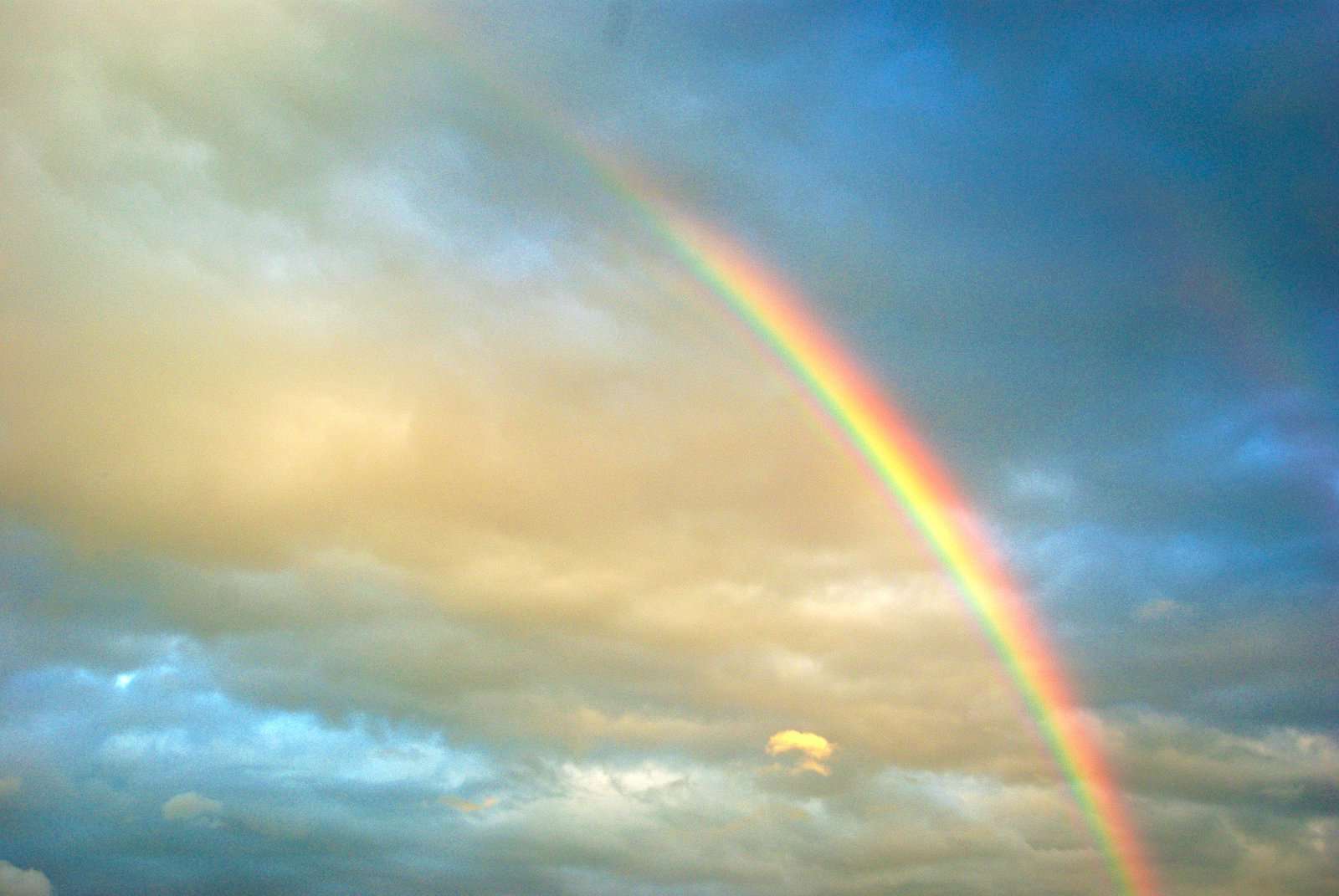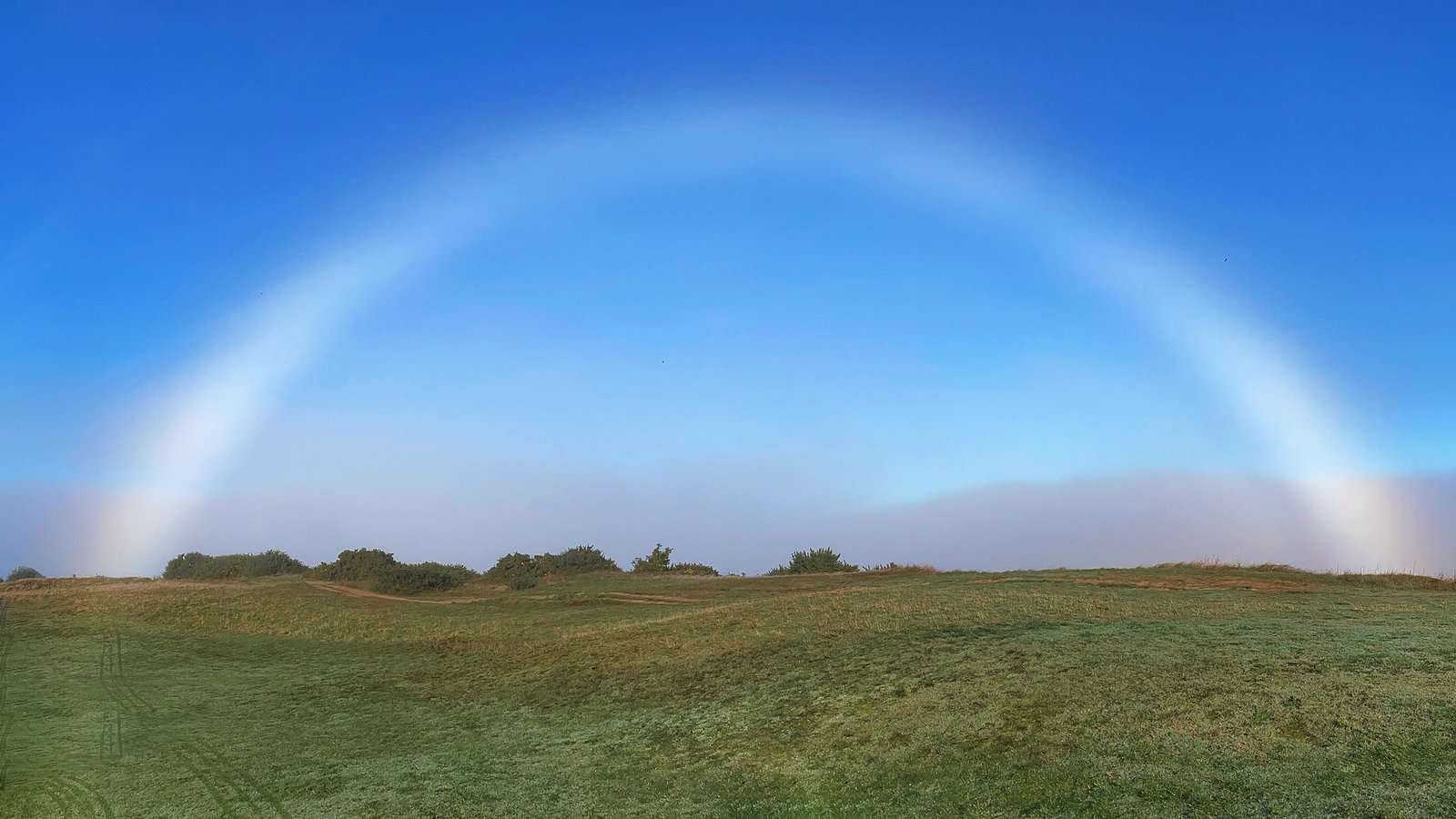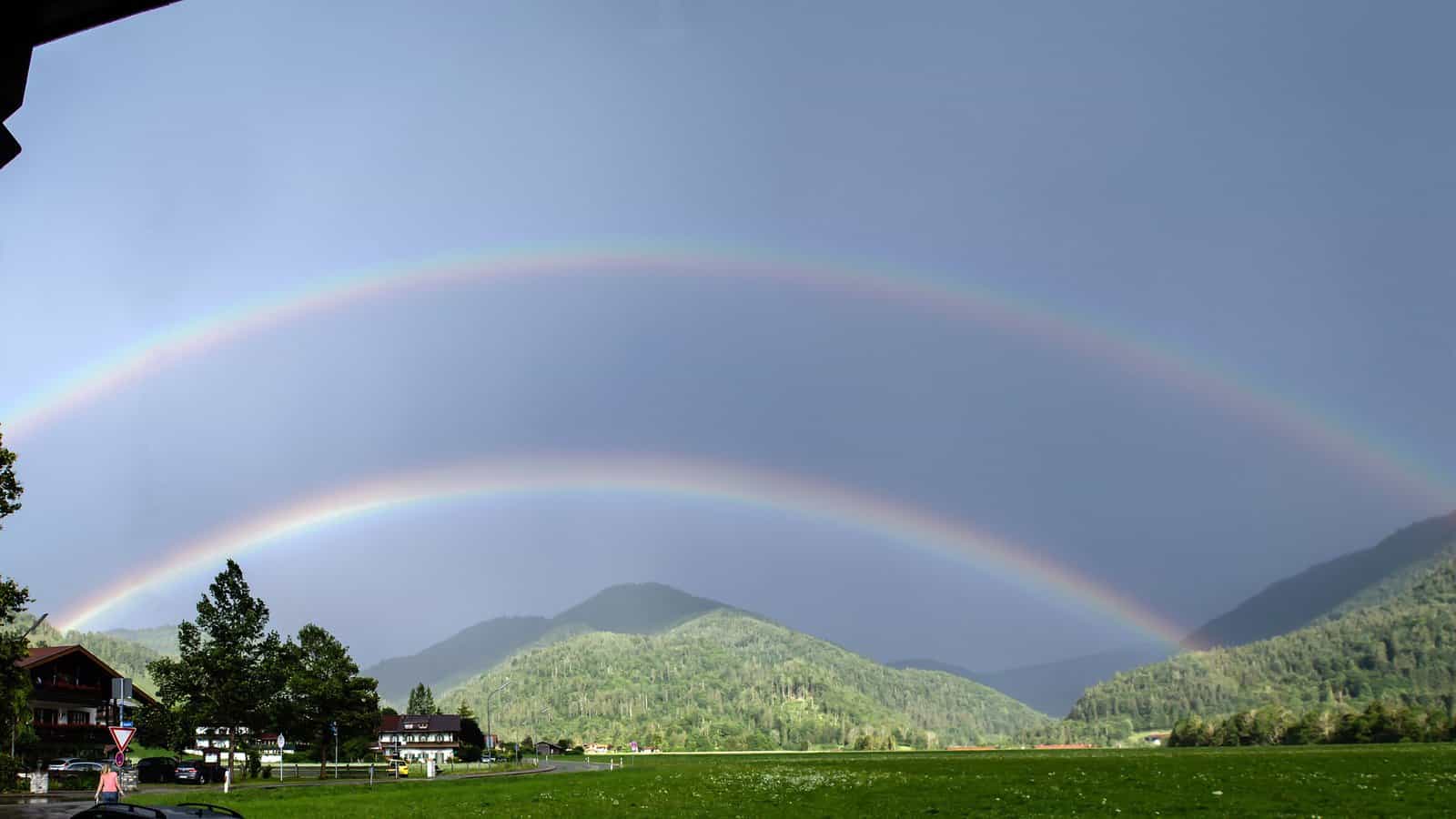
The Magical Rainbows! Learn How Rainbows Are Formed
Have you ever seen a rainbow? Have you ever touched it? Have you ever found a pot of gold at the end of a rainbow? Is that even possible? Well, let’s find out!
What is a Rainbow?
A rainbow is an arc of colors that we can see in the sky when it is rainy and sunny at the same time. Rainbows are one of the most beautiful and magical things that we can see in nature.
How Are Rainbows Formed?
Sunlight travels through space in the forms of waves. Scientists describe the different sizes of waves as “wavelengths”. Some light waves have long wavelengths, while others have short wavelengths. Light waves with different wavelengths appear as different colors.
The sunlight that we see every day is a white light. However, white light is made up of seven different colors, or waves, but when it is travelling in one direction, it looks white. So, all light waves blend together to form white light. When light enters water, it changes direction. This is called “refraction”. Refraction causes all the colors in the white sunlight to separate when it hits the waterdrop. Besides, some of that light that hits water bounces back onto our eyes. This is called “reflection”. A rainbow is both a refraction and a reflection of light. When light waves are refracted and reflected, they appear as the different beautiful colors of the rainbow.
Rainbow Colors
A rainbow consists of seven colors. The colors start with red on the outside and changes through orange, yellow, green, blue, indigo, and violet on the inside.
Every color has a different wavelength. Red light has the longest wavelength, while violet light has the shortest wavelength. When different light waves hit waterdrops, the shorter the wavelength of the color, the more it changes direction. So violet light changes direction more than red light.

When and Where Can You See a Rainbow?
You can see a rainbow anywhere whenever there is rain while sunlight is shining from behind you at a low angle. So, you can usually see it in the early morning or later afternoon.
How Long Does a Rainbow Last?
There is no specific time for a rainbow to be visible in the sky. It remains visible to you as long as there are raindrops and sunlight shining from behind you. If the Sun goes down, the rain stops, or you walk away, you will no longer see it.
Can You Touch a Rainbow?
A rainbow is an optical illusion. This means that it is something like a light trick. It is not an actual object that you can touch. So, no matter how you move, it will always be the same distance away from you. In the same way, rainbows do not touch the ground, and there is no pot of gold at the end of the rainbow.
Why Are Rainbows Curved?
We now know that sunlight reflects when it hits a raindrop, and then a rainbow appears. But why rainbows are round or curved? In fact, a rainbow is a full circle, but we only see the reflection of light that appears above the horizon, which looks like an arc. Well, sunlight reflects in raindrops at a certain angle, which is 42 degrees. When rays of sunlight reflect at 42 degrees into your eyes, those rays look like they form a circular arc in the sky. So, the reflection of the light gives you the circular shape of the rainbow.
Types of Rainbows
Rainbows have many types; some are common while some are rare. Each type is created in different conditions. Here are some types of rainbows:
Fogbow
A fogbow is a type of rainbow that occurs when sunlight hits small droplets inside fog or a cloud, rather than larger raindrops. The small water drops in fog make the colors of the fogbow weak or almost colorless. Fogbows are sometimes called white rainbows, or cloudbows or ghost rainbows.You can usually find fogbows where the fog is thin and the Sun is bright.

Moonbow
A moonbow is a rare type of rainbows. It is also called a lunar rainbow. It is a rainbow that occurs by reflection of the moonlight not the sunlight. This can only happen when the moon is almost fully lit up. The moonbow appears as a white arc. However, it is so faint because the moonlight is not as bright as the sunlight.
Double Rainbows
They are also called multiple rainbows. Sometimes, you may see two rainbows in the sky at the same time. The first and clear rainbow is called the primary rainbow, while the second and faint one is called the secondary rainbow. Double rainbows occur when light is reflected twice inside the raindrop. This makes the colors of the secondary rainbow reversed; red is on the inner of the rainbow while violet is on the outside.

Twinned Rainbow
A twinned rainbow is two rainbows, a primary and a secondary, from a single point. It occurs when light hits different sizes and shapes of raindrops. The colors of both rainbows appear in the same order.
Supernumerary Rainbow
A supernumerary rainbow is a thin arc. It occurs when sunlight hits small drops of water (1 millimeter or less). The special thing about supernumerary rainbows is their colors. They do not appear in the same seven colors of a usual rainbow, but they appear in several pastel colors.
Interesting Facts About Rainbows
- Each raindrop makes its own rainbow, but when there are so many raindrops at the same time, the rainbows become big enough for us to see.
- We see a rainbow in the shape of an arc from the ground, but if we look at it from a great height (a plane, for example), it will appear as a full circle.
- You can never reach the end of a rainbow because whenever you move, it will either move with you or disappear.
- When the sun is lower, the rainbow will be higher in the sky. When the sun is higher, the rainbow will be lower in the sky.
- Snow cannot make a rainbow. This is because snowflakes are not spherical like raindrops. The spherical shape of raindrops helps in the refraction and reflection of the light.
- Rainbows can occur in any season; Winter, Spring, Summer, or Fall. However, they are less in winter because raindrops freeze into snowflakes.
- Rainbows can be caused by many forms of airborne water other than rain, such as mist, spray and dew.
- Earth is the only planet in the Solar System where rainbows are possible.
If you enjoyed this article why not check out some more Geography Facts and Topics: Mountains, Deserts, Hurricanes, Thunderstorms, Islands, Blizzards, Volcanoes and Continents.
Why not subscribe for as little as £1.99 per month to access over 1000 fun educational videos!


Leave a Reply